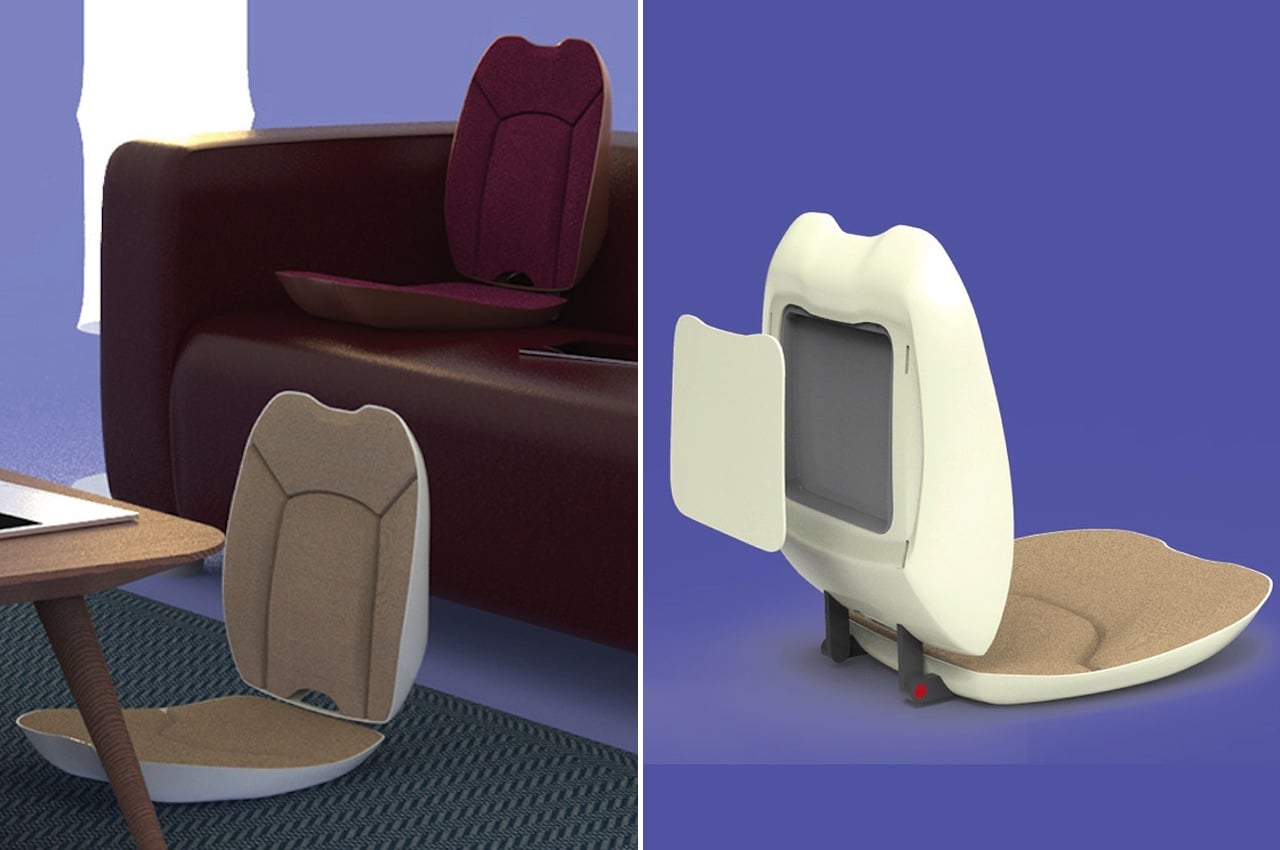#NASA’s New Solar Sail Technology Will Harness the Sun’s Power in 2022 – Review Geek

“#NASA’s New Solar Sail Technology Will Harness the Sun’s Power in 2022 – Review Geek”

NASA is moving humanity one step closer to super epic sci-fi territory with its updated solar sail technology. It will start testing the new sails sometime in the middle of 2022, and the mission will help refine other technologies that also use the sails.
The Advanced Composite Solar Sail System (ACS3) is set to enter low-Earth orbit next year then deploy and unfurl the impressive sail via four composite booms measuring 23 feet (7 meters). The sail will take anywhere from 20-30 minutes to fully deploy out of its tiny CubeSat, and will measure 30 feet (9 meters) per side, which is roughly the size of a small apartment.
Comparatively, however, ACS3 is small relative to what that design could potentially support if the composite booms can hold up during this upcoming test. Similar ships in the future could keep the solar sail design but measure 5,400 square feet (500 square meters).
This isn’t the first time solar sails have been used in space. They were also used in the Planetary Society’s crowdfunded LightSail 2 mission that was designed to demonstrate how viable these solar sails are as a means of propulsion for CubeSats. That mission has now spent over two years in orbit.

Likewise, the primary objective of the mission is to demonstrate that these sails can be successfully deployed with the composite booms in low-Earth orbit. “Just as a sailboat is powered by wind in a sail, solar sails employ the pressure of sunlight for propulsion, eliminating the need for conventional rocket propellant,” NASA officials said in a recent statement.
The spacecraft will also play host to an array of onboard digital cameras. These will gather images of the sail while it’s being deployed, as well as afterwards to assess its alignment and overall shape. That data will then help shape the future spacecraft that could be used for monitoring the sun’s activity, searching for asteroids, and even powering deep space astronaut communications systems.
Teams have been working on the ACS3 since 2018, and NASA awarded the contract for the satellite bus to NanoAvionics of Lithuania. The deployable composite booms, on the other hand, are part of a project at NASA’s Langley Research Center that’s studying the deployment of large systems on small satellites. The booms are made with a polymer and reinforced with carbon fiber so they’re lightweight and ultra durable, as well as less vulnerable to warping from heat.
It will be exciting to see the test deployment in action. If all goes well, engineers will likely be able to build better spacecraft that won’t require fuel and that may even be able to travel further from Earth on longer journeys.
via Space.com
If you liked the article, do not forget to share it with your friends. Follow us on Google News too, click on the star and choose us from your favorites.
For forums sites go to Forum.BuradaBiliyorum.Com
If you want to read more like this article, you can visit our Technology category.




